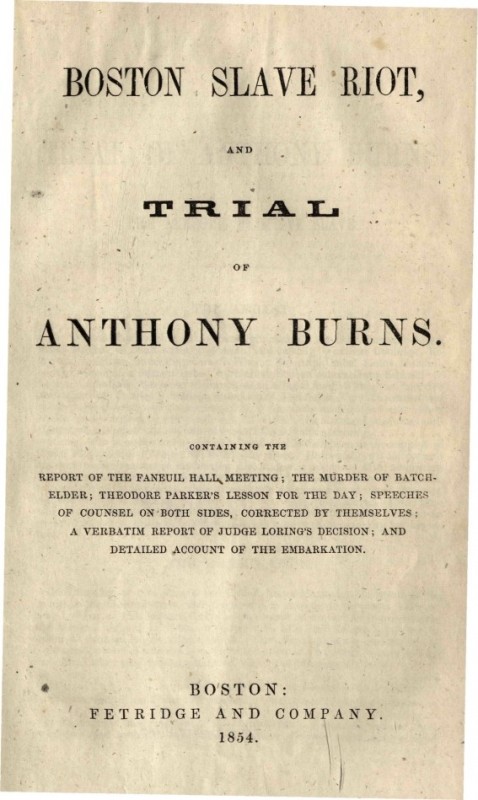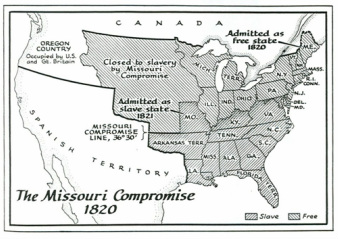Do you look for 'slavery and sectional attitudes 1820 1860 essay'? You can find all the material on this web page.
Table of contents
- Slavery and sectional attitudes 1820 1860 essay in 2021
- Evaluate the relative importance of the causes of the civil war in the period from 1830 to 1861
- What caused the civil war dbq answer key
- Us history essay questions
- Sectionalism
- Causes of sectionalism in the 1800s
- Debates over slavery in the period from 1830 to 1860
- How did slavery change from 1754 to 1850
Slavery and sectional attitudes 1820 1860 essay in 2021
 This image representes slavery and sectional attitudes 1820 1860 essay.
This image representes slavery and sectional attitudes 1820 1860 essay.
Evaluate the relative importance of the causes of the civil war in the period from 1830 to 1861
 This image shows Evaluate the relative importance of the causes of the civil war in the period from 1830 to 1861.
This image shows Evaluate the relative importance of the causes of the civil war in the period from 1830 to 1861.
What caused the civil war dbq answer key
Us history essay questions
 This image illustrates Us history essay questions.
This image illustrates Us history essay questions.
Sectionalism
 This picture demonstrates Sectionalism.
This picture demonstrates Sectionalism.
Causes of sectionalism in the 1800s
 This picture representes Causes of sectionalism in the 1800s.
This picture representes Causes of sectionalism in the 1800s.
Debates over slavery in the period from 1830 to 1860
 This image illustrates Debates over slavery in the period from 1830 to 1860.
This image illustrates Debates over slavery in the period from 1830 to 1860.
How did slavery change from 1754 to 1850
 This image demonstrates How did slavery change from 1754 to 1850.
This image demonstrates How did slavery change from 1754 to 1850.
How old was slavery in the southern states?
In some seaboard areas, slavery by 1850 was well over 200 years old; it was an integral part of the basic economy of the region. Only a minority of Southern whites owned slaves. In 1860 there were a total of 46,274 planters throughout the slave-holding states, with a planter defined as someone who owned at least 20 slaves.
What was the total number of slaves in 1860?
In 1860 there were a total of 46,274 planters throughout the slave-holding states, with a planter defined as someone who owned at least 20 slaves. More than half of all slaves worked on plantations. Some of the yeoman farmers, 70 percent of whom held less than 40 hectares, had a handful of slaves, but most had none.
When did sectional lines begin to harden on slavery?
As far back as 1830, sectional lines had been steadily hardening on the slavery question. In the North, abolitionist feeling grew more and more powerful, abetted by a free-soil movement vigorously opposed to the extension of slavery into the Western regions not yet organized as states.
How did slavery and sectionalism affect the Civil War?
Slavery and Sectionalism. In 1860 there were a total of 46,274 planters throughout the slave-holding states, with a planter defined as someone who owned at least 20 slaves. More than half of all slaves worked on plantations. Some of the yeoman farmers, 70 percent of whom held less than 40 hectares, had a handful of slaves, but most had none.
Last Update: Oct 2021
Leave a reply
Comments
Lilo
24.10.2021 08:24The main argument of the feud existence slavery. These two occasions altered the connexion of the suprasegmental states.
Gara
23.10.2021 04:24Thralldom and sectional attitudes. In the early 1800s, slavery was comely an increasingly expanse issue, meaning that it was progressively dividing the country along regional lines.